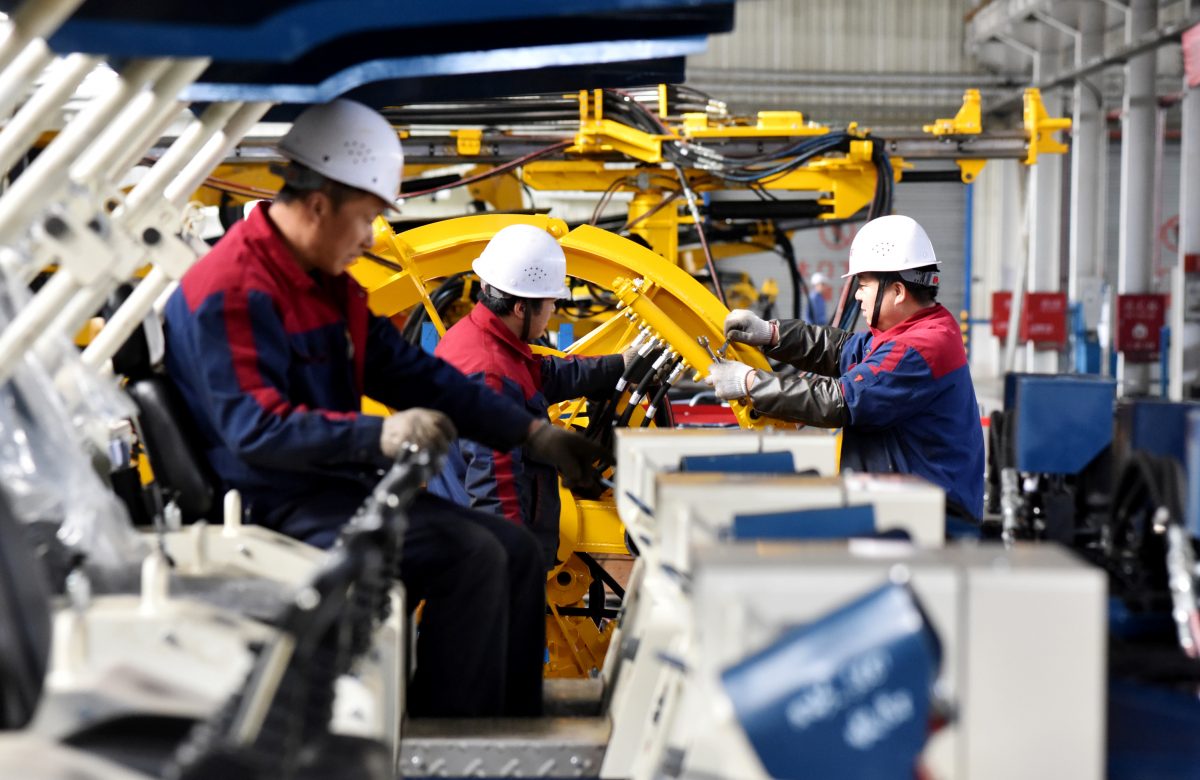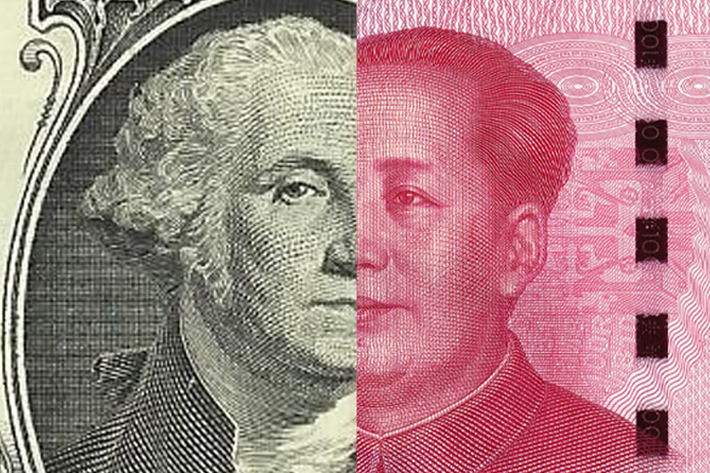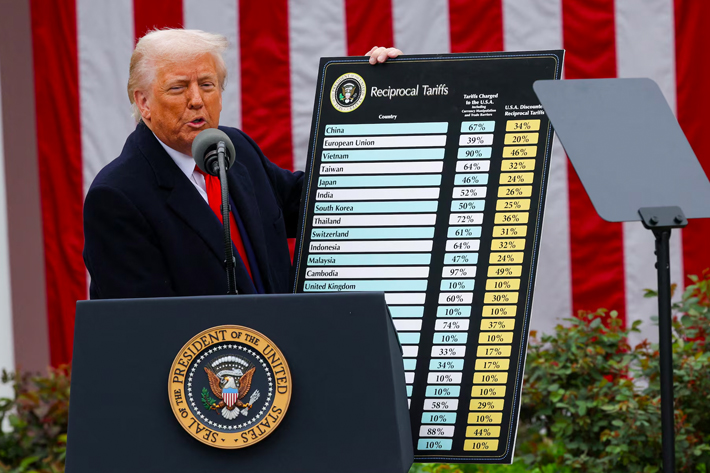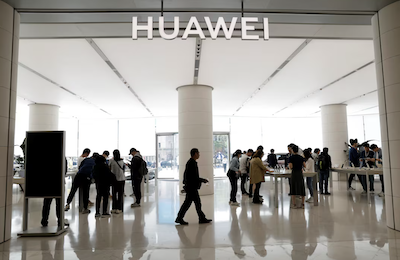China’s gross domestic product is likely to have perked up in the first quarter of the year, a Reuters poll showed on Friday, as the end of strict Covid-19 curbs helped lift the world’s second-largest economy out of a crippling pandemic slump.
GDP growth was seen speeding up to 4.0% in the first quarter from a year earlier, from 2.9% in the previous three months, according to the median forecast of 70 economists polled by Reuters. That would be the fastest growth since the first quarter of last year.
For 2023, growth was expected to pick up to 5.4%, the poll showed, from 3.0% last year – one of its worst performances in nearly half a century due to strict Covid-19 curbs.
Also on AF: China Exports Surge Stems From Covid Disruptions, Say Analysts
Recent data shows the economy is staging a gradual but uneven recovery, led by consumption, services and infrastructure, but slowing inflation and surging bank savings raise doubts over the strength of a pick-up in domestic demand.
“We have seen dividends from Covid policy shift on consumption and investment, including stronger than expected exports,” said Zhang Yiping, economist at China Merchants Securities in Shenzhen.
“Domestic demand is improving but the strength of the recovery is not sufficient.”
Policymakers have pledged to step up support for the world’s second-largest economy, which is rebounding after disruptions caused by a sudden lifting of Covid-19 curbs in December.
The government has set a modest target for economic growth of around 5% for this year, after badly missing the 2022 goal. Growth is then expected to moderate to 5.0% in 2024, the Reuters poll showed.
The government is due to release first quarter GDP data, along with March activity data, at 0200 GMT on April 18.
Patchy recovery
China’s exports unexpectedly surged in March, data showed this week, but analysts cautioned the improvement partly reflects suppliers catching up with unfulfilled orders after last year’s Covid-19 disruptions.
New bank lending hit an all-time high in the first quarter, but consumer inflation slipped to an 18-month low and factory-gate deflation deepened in March, raising the odds for more easing to inject momentum into the economic recovery.
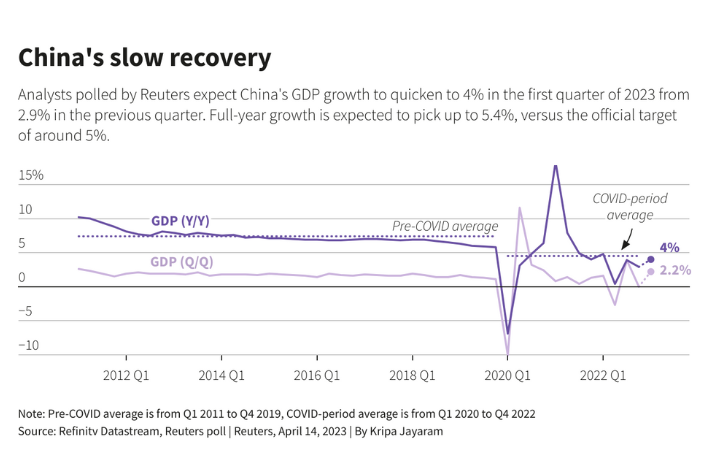
Households added a staggering 9.9 trillion yuan in bank deposits the first quarter alone, more than half the 17.8 trillion yuan for the whole of 2022.
On a quarterly basis, the economy is forecast to grow 2.2% in January-March, compared with no change in October-December, the poll showed.
To support the growth, policymakers will rely on a mix of modest monetary easing and infrastructure spending, alongside efforts to bolster the property sector.
Small rate cut likely
The central bank has promised to make its policy “precise and forceful” this year to support the economy, keeping liquidity reasonably ample and lowering funding costs for businesses.
Analysts polled by Reuters expect the central bank to keep the benchmark lending rate – the one-year loan prime rate (LPR) and banks’ reserve requirement ratio (RRR) – until the end of the 2023.
Still, some analysts believe the central bank could deliver a small cut in the LPR in the coming weeks if inflation slows further.
The central bank, which cut the RRR – the amount of cash that banks must hold as reserves – in March, has kept the benchmark lending rates since September.
“We need to maintain the stability and continuity of macro policies to consolidate the economic recovery,” said Wen Bin, chief economist at China Minsheng Bank.
“There is still room for cutting RRR, but a cut in the near term is unlikely.”
Consumer inflation will likely quicken to 2.3% in 2023 from 2.0% in 2022, before steadying in 2024, the poll showed.
- Reuters, with additional editing by Vishakha Saxena
Also read:
China to Push Coal Back-Up Plan Ahead of Summer Energy Peak
Consumer and Factory Prices Drop in China as Demand Sinks
Price War Fails to Fire Up China’s Car Sales in March
China Envoys ‘Grab’ Billions in Unprecedented Push for Deals




